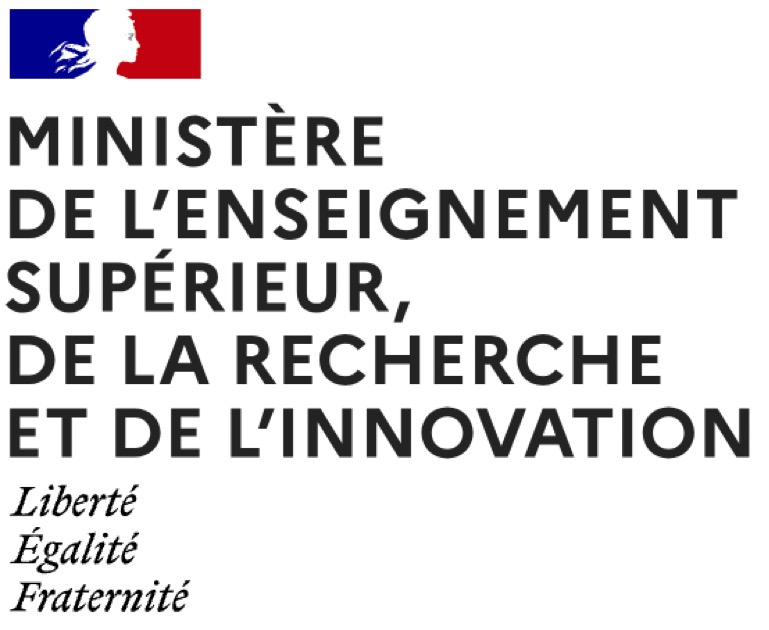Automatic, Accurate, and Fast Lipsync for 3D Animated Characters.
Dynalips is made for
ANIMATION
2D and 3D Animation Movies for Cinema and Tv
VIDEO GAMES
Gaming and Virtual Reality
COMMUNICATION ASSISTANCE
Language Learners, Hearing impaired

ChatBOT
Fast lipsync for virtual agent
added value
Highlights of Dynalips
A multilingual solution to precisely and automatically synchronize the lip movements of a 3D character with speech.
Experience flawless 10-minute lipsync in under 40 seconds with our cutting-edge technology.
Automate lipsync, allowing animators and game developers to focus on their core creative activities.
We animate almost any 3D model, compatible with most animation software like Unreal Engine, Maya, Blender, Unity, and more.
Incorporating coarticulation and natural lip movements, delivering a more realistic and immersive experience.
Result of extensive research in speech articulation analysis and modeling, perfectly integrates coarticulation phenomena.
SERVICES
What we offer
Automatic lipsync solution
Assist animator / Provide a fast and automatic lipsync with high quality.
Focus more on the artistic aspects (facial expressions, dramatic effects, etc.
Fast & highly accurate lipsync
Artificial intelligence based technology
Methods based on analyzing human speaker data
Multilingual lipsync solution
Reduce the barrier of language and culture. Better entertainment experience. Less frustration due to speech intelligibility problem.
IN OUR GALLERY
Human and Cartoon lip animation
Team
Our Team

SLIM OUNI
Co-founder
DeepLipsync technology visionary and one of the pioneers of scientific research on lipsync.

Louis Abel
Co-founder
Machine learning specialist, one of the architects of the DeepLipsync technology, UE specialist.

Théo Biasutto-Lervat
Co-founder
PhD – Computer Science, specialist in machine learning and one of the main architects of DeepLipsync technology.









